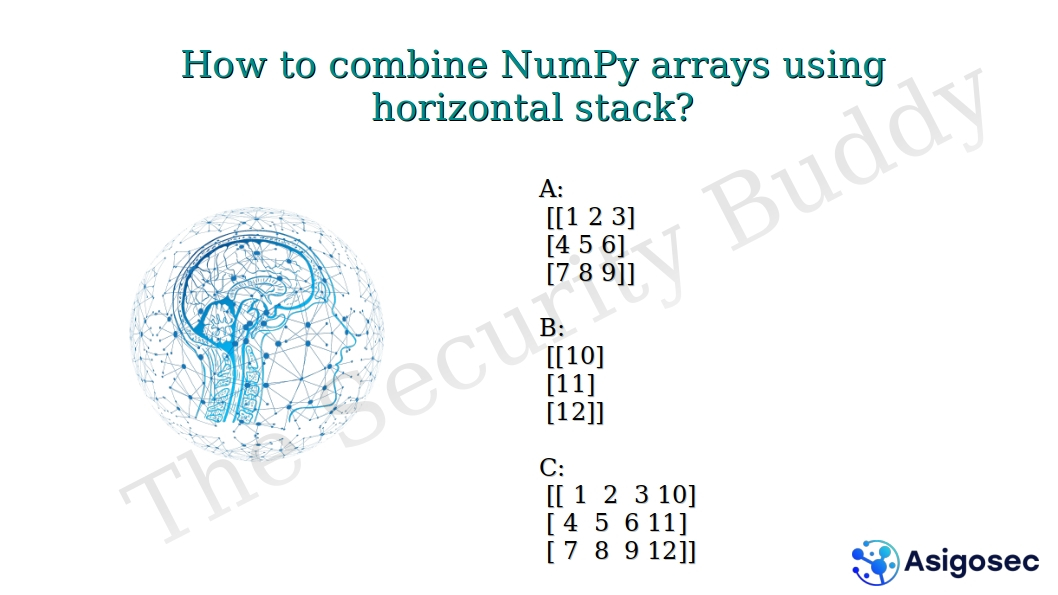In matrix algebra, we can use row reduction to modify the rows of a matrix in such a way that most of the key properties of the matrix remain intact. For example, we can linearly combine the rows of a matrix and then, transform the matrix in such a way that further analyses on the matrix becomes easier.
For example, we can multiply a matrix row with a scalar, add multiple rows, or subtract one row from another, etc., to transform the matrix. And we often do so to increase the number of zeros in a matrix. If we transform the matrix in such way, many key properties of the matrix remain unchanged, but working with the matrix becomes faster and easier.
Let’s look at an example. Let’s say A is the following 3×2 matrix.
Now, if we add the the second row R2 with the first row R1 of the matrix, and add the third row R3 with the first row R1 of the matrix, we get the following:
So, after the transformation, we get a matrix such that the first non-zero element of the second row is to the right of the first non-zero element of the first row. And the row with all zeros or the third row is below the rows that have at least one non-zero element. Such matrices are said to be in the row echelon form.
In other words, a matrix is said to be in the row echelon form if the following conditions hold:
1. The first non-zero element of a row is to the right of the first non-zero elements of the rows above.
2. Rows that contain all zeros are at the bottom of all rows that contain at least one non-zero element.
For example, the matrices given below are in the row echelon form.
We often use row reduction to transform a matrix in the row echelon form to facilitate further analyses on the matrix.
Please note that if the transpose of a matrix is in the row echelon form, we say the matrix is in the column echelon form.








































0 Comments